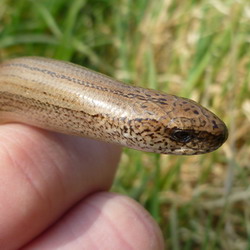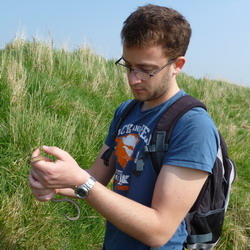Preliminary Ecological Appraisal – Grassland case study
In September 2022 a small housing development was proposed for an area of retained tussocky grassland (0.3ha) in Norfolk. The client required a Preliminary Ecological Appraisal (PEA) to assess the ecological impact of developing such a site. The PEA was used to support an outline planning permission application.
The site received an Extended UK Habitat survey which involved a walkover of the proposed development site and an assessment for the suitability of two nearby ponds for breeding great crested newts. The walkover identified the habitat type of the grassland as rank modified grassland with low floristic value, there were two fruit trees with bat roosting potential and the site is enclosed by largely native hedgerows of varying quality.
The report advised the client that further reptile surveys would be needed before any development works can begin, as tussocky grassland is favoured by reptiles. One of the trees with bat roost potential was also identified for further surveying effort, as the current plans showed the tree would be removed by the proposed development. A full, detailed investigation of all the potential roost features of this tree using torches and endoscopes was advised before the main bat activity surveys with a further two inspections within the bat activity season. The report also provided a Precautionary Working Method for great crested newts to avoid impacts to great crested newts during construction.
Our report supplied the client with provisional habitat mitigation including advice for planting six native fruit trees and the sowing of a wildflower meadow to compensate for the loss of grassland habitat. We also provided advice for ecological enhancements which included the incorporation of integral bat and bird boxes within all dwellings at the proposal site.
The flagging of the above further surveys from this report is important for the client as these surveys are typically only possible within a short survey window. Knowing these details will help the client to better plan the timescale for the development and what particular aspects may be possible at certain times of the year. The client is also now looking into the feasibility of retaining the fruit trees with bat roost potential.



